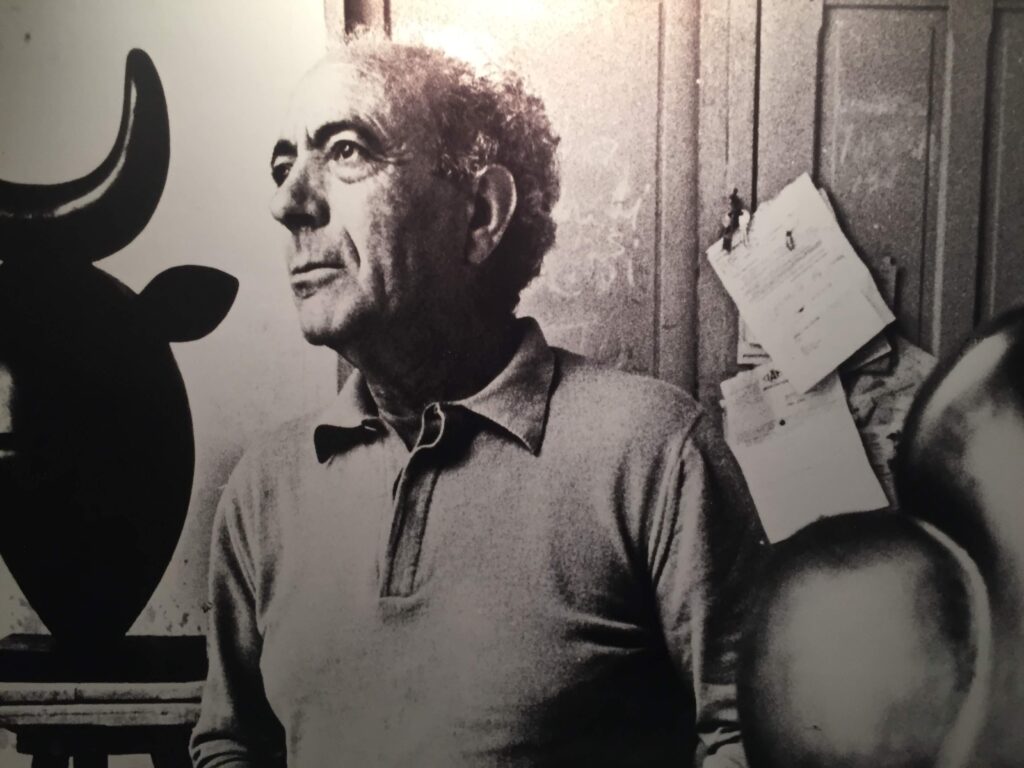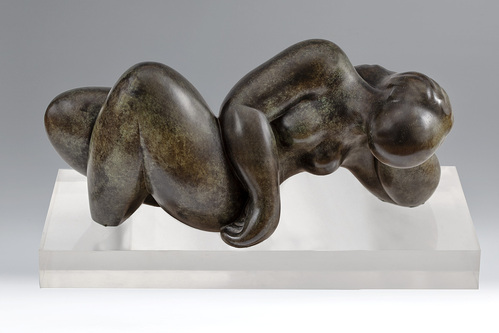Baltasar Lobo: between tradition and modernity
Modern sculpture finds in Baltasar Lobo the roots of our Mediterranean tradition, in works such as “La source”, where the female figure is conceived as a true Goddess of Antiquity.
Throughout the first half of the twentieth century, sculpture underwent a radical revolution that would forever transform the excessively academic conception, which until now had dominated its practice. It will be then when the changes that some sculptors of the previous century pointed out will materialize to give birth to a work that, independent of architectural and urban projects, will gain value by itself.
In this way, the revolution started by the master August Rodin, changed the paradigm of the sculptural work , marking a turning point for a whole generation of later artists who found in Rodin’s legacy, the starting point of their experimentations. In this sense, it should be noted two fully differentiated trends , which in turn fed into each other: on the one hand, the aspect conceived under the identity stamp of the incomplete and fragmentary represented by sculptors of the stature of Julio Gonzalez and on the other the more naturalistic tendency in which we can inscribe Baltasar Lobo . In the latter and as in the case of the Zamorano sculptor, the substratum of reality will continue to be present which, despite revitalizing and transforming it, will be intimately linked to the most ancient and primitive traditions of Egyptian and Mediterranean culture .

Faced with its ambivalent aesthetics, it is inevitable to lose sight of the border line that separates repulsion from attraction where the usual order by which we are governed does not reach our understanding. And it is precisely in this uncertainty where the power of attraction of the grotesque exerts its greatest influence.
This feeling is precisely the one exerted by Fabelo’s work, whose superreal, dreamlike and unfathomable universe, inhabited by fantastic and monstrous creatures, exerts on the viewer a power of attraction that is as disconcerting as it is captivating. In the grotesqueness of Fabelo, the influence of two great masters such as Velázquez and Goya can be guessed, but also of the Cuban pictorial tradition together with certain elements from surrealism and the crudest expressionism through which he forms a parallel world, whose codes escape to our reasoning, sowing endless contradictory reactions, doubt, mystery, empathy.







